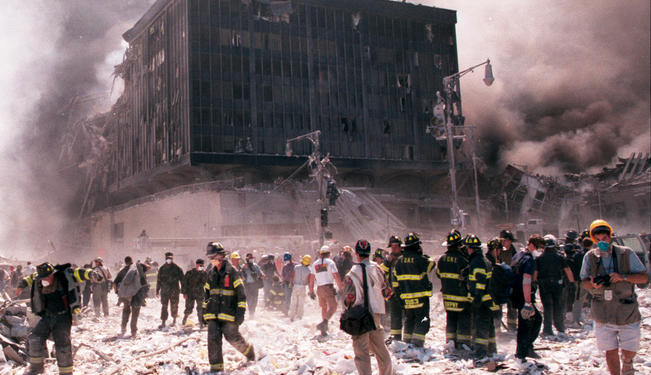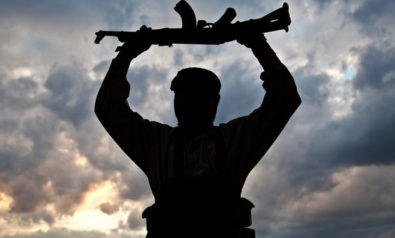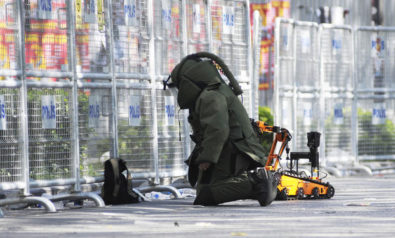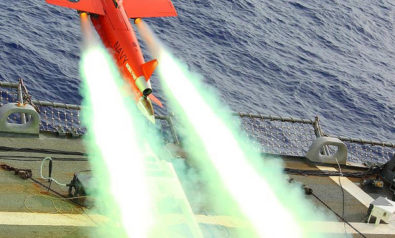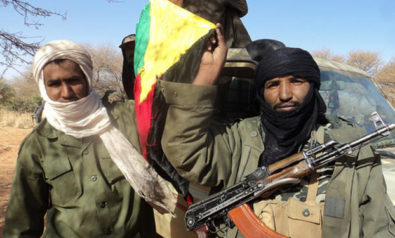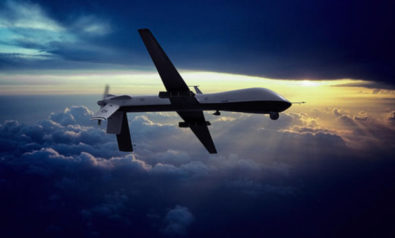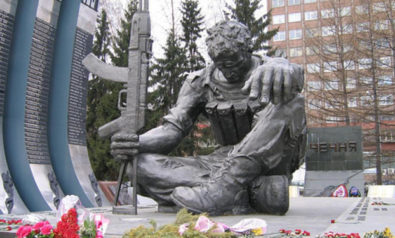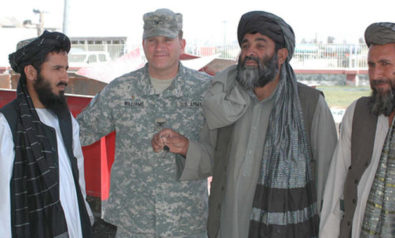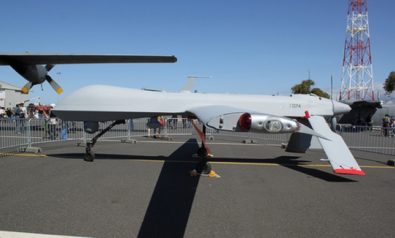
Terrorism remains a threat to safety and security of people around the world, from the Americas to China, Eurasia to Southeast Asia, and many countries in between. Governments must work hard to ensure their citizens are not harmed.
Background
In 2011, 10,000 terrorist attacks killed over 12,500 persons across the globe. Over a decade since the attacks of 9/11, terrorism remains a salient global threat. Although the definition lacks consensus, terrorism is generally characterized as the utilization of violence to coercively achieve an ideologically, politically, or religiously motivated end that is broader than the immediate effects of the means themselves. In short, terrorists aim to achieve religious, political, or ideological goals by inciting fear, or through the publicity or political statements that are engendered by the violence. Terrorism is a tactic that is not limited to any one group or ideology. While The Global War on Terror (now named Overseas Contingency Operation) spearheaded by the US was initially oriented to fighting global Jihadism, there are also left-wing, right-wing, communist, and single-issue oriented terrorist groups among others.
Despite the ideological diversity, most terrorists utilize such tactics to compensate for deficient conventional strategic influence and/or wreak general havoc. Terrorists are generally part of non-state actors or networks, groups backed by governments from weaker countries, or are even lone extremists.
A terrorist attack is only one link in a chain of factors to be considered: the group’s ideology, goals, the personality of the group or individual itself, their tactics, and the fallout of an attack also deserve scrutiny. Counter-terrorism efforts generally focus on eliminating one or more links in this chain.
Major trends in terrorism and counter-terrorism include:
-
Decentralization of al-Qaeda.
-
Sublimation of local grievances into a pan-Islamic Jihadi enterprise.
-
The decentralized diffusion of al-Qaeda and the extremist Jihadi enterprise.
-
New surgical counter-terror tactics such as drone, commando and intelligence fusion, and decapitation strikes.
-
Attempted balancing of security and freedom.
-
Some terrorist groups continue to seek weapons of mass destruction.
-
Improved counter-terrorism intelligence is pushing terrorist groups to use archaic means of organization and communication.
-
Sunni extremists perpetrate the most attacks, followed by secular, political, and anarchist groups.
-
Drop in number of attacks since 2007 peak.
Regional trends and overview:
Middle East
-
With the Arab Spring, the entrance of Islamist groups into the political process may be undermining the al-Qaeda narrative and local extremism.
-
Yemen is an al Qaeda Stronghold. Al Qaeda is embroiled in a struggle against the US-backed Yemen government.
-
Iran is a major state sponsor of terror through ties to Hezbollah, Quds force, and others, and has a history of involvement in terror and subversive activities all over the world. This record of terror is substantiated according to intelligence sources, US state department reports and former IRGC accounts, among many other sources.
-
Iraq is a battleground for Sunni al Qaeda- and Salafi-backed groups, and Shiite Iranian-backed groups.
-
In the Islamic Maghreb, al-Qaeda is fighting against secular status-quo governments and Western targets.
Southeast Asia
-
Indonesia, Thailand, and the Philippines are the strongest foci of Jihadi extremist insurgency in south-east Asia. Jemaah Islamiyah is a major group tied to al-Qaeda and based in Indonesia.
-
Counter-terror efforts are being met with success.
Afghanistan/Pakistan
-
Al Qaeda Central was decimated in the ongoing counter-insurgency and drone campaign in Waziristan.
-
In Afghanistan, the Jihadi Extremist Haqqani network, and al-Qaeda, among others, are still highly active.
-
Pakistan is internally unstable with many Jihadist attacks. The US needs its cooperation in the GWOT and to prevent the spread of nuclear weapons to terrorist groups.
Africa
-
Mali, Somalia, and others, present fears of failed states breeding terrorism, and have witnessed an increase in attacks.
-
Al Qaeda in the Islamic Maghreb is active in Mali, Niger, Libya, and Chad. Nigeria has Boko Haram, a militant Jihadist group that attacks Christians.
-
Al-Shabaab is an al-Qaeda-linked group in Somalia.
-
US counter-terror efforts are ongoing with partners throughout region.
China
-
Ethnic Uighur terrorism, most notable in the East Turkestan Islamic Movement.
Eurasia
-
Arab Mujahedeen in Chechnya operating throughout the Caucasus and Russia, with many successful attacks, though recent decline.
Europe
-
In Britain, the 2005 London bombings by homegrown Jihadis underscored Europe’s vulnerability to terrorism.
-
The Irish Republican Army has seen a sharp decrease in activity since the Belfast agreement of April 1998.
-
Right-wing, left-wing, Marxist, and Jihadi extremists form the general European threat landscape.
Americas
-
Exhaustive cross-government homeland security reform and global counter-terrorist efforts ongoing.
-
Right-wing extremism and single-issue groups have faded, but have been replaced by threats of homegrown Jihadi extremism.
-
In Colombia and surrounding areas, Marxist insurgent terrorist group FARC carries out the majority of western hemisphere attacks.
Why Global Terrorism is Relevant
Although not as dangerous as conventional military attacks, terrorism can cause social and economic havoc and alter foreign policy disproportionately to the force involved. It thus empowers otherwise marginal groups. Non-combatants expect protection from their states, yet the threat is complex, amorphous, expensive to fight, and can never truly be practically eradicated, as terrorists are merely those diverse entities that utilize a crosscutting tactic and are not an easily identifiable group. Governments must spend much more time and capital on counter-terrorism efforts than terrorists do in waging conflicts. Thus, the struggle is complex, expensive, and asymmetric. As the saying goes, a terrorist has to only get lucky once, while a government must get lucky every time.
Image: Copyright © Shutterstock. All Rights Reserved
For more than 10 years, Fair Observer has been free, fair and independent. No billionaire owns us, no advertisers control us. We are a reader-supported nonprofit. Unlike many other publications, we keep our content free for readers regardless of where they live or whether they can afford to pay. We have no paywalls and no ads.
In the post-truth era of fake news, echo chambers and filter bubbles, we publish a plurality of perspectives from around the world. Anyone can publish with us, but everyone goes through a rigorous editorial process. So, you get fact-checked, well-reasoned content instead of noise.
We publish 2,500+ voices from 90+ countries. We also conduct education and training programs on subjects ranging from digital media and journalism to writing and critical thinking. This doesn’t come cheap. Servers, editors, trainers and web developers cost money.
Please consider supporting us on a regular basis as a recurring donor or a sustaining member.
Support Fair Observer
We rely on your support for our independence, diversity and quality.
Will you support FO’s journalism?
We rely on your support for our independence, diversity and quality.

